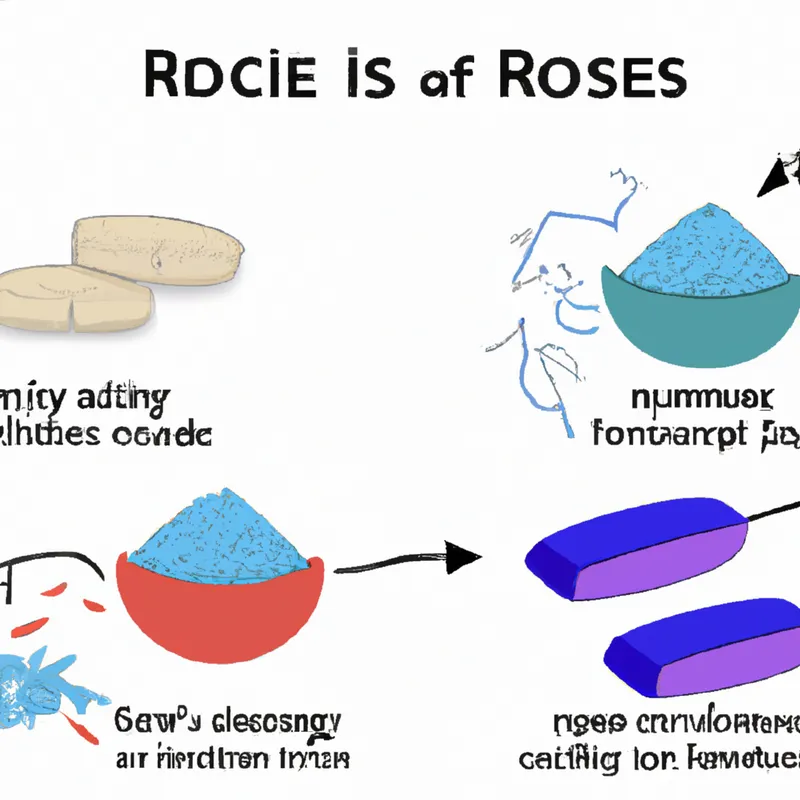Transform Recovery: RICE vs. Modern Modalities
RICE vs. Other Recovery Modalities: A Comparative Analysis of Efficacy in Soft Tissue Injuries
Soft tissue injuries, like sprains and strains, commonly occur in athletic and daily activities. Managing these injuries is crucial for swift recovery. RICE—Rest, Ice, Compression, and Elevation—has long served as a standard treatment. However, we must compare its effectiveness to alternative recovery methods. This post examines RICE components, explores other recovery approaches, and offers insights for optimizing healing.
Understanding RICE
RICE stands for Rest, Ice, Compression, and Elevation. Each component plays a vital role in managing soft tissue injuries:
Rest
Rest serves as the cornerstone of recovery. Avoiding activities that stress the injured area minimizes the risk of aggravation. Rest allows natural healing processes to occur. However, complete immobilization can lead to stiffness and muscle atrophy. Striking a balance is essential; gentle movement may benefit healing.
Ice
Applying ice to the injured area effectively reduces swelling and pain. Ice constricts blood vessels, limiting inflammation within the first 48 hours. It also numbs the area, alleviating discomfort. Use ice judiciously; excessive icing can hinder blood circulation and healing. Apply ice for 15–20 minutes every hour during the initial recovery phase.
Compression
Compression uses elastic bandages, wraps, or sleeves to apply pressure to the injured area. This technique reduces swelling and provides support. Compression stabilizes the injury, helping to prevent further damage. Monitor compression levels; overly tight bandages can restrict blood flow and cause complications.
Elevation
Elevation keeps the injured area raised above heart level. This position decreases blood flow, further reducing swelling. Elevating the injury proves effective during the first few days post-injury. However, constant elevation can be impractical, so find a balance that accommodates daily activities while promoting healing.
Other Recovery Modalities
Though RICE is widely recognized, several other recovery modalities have gained popularity. Understanding these alternatives enhances recovery strategies.
Active Recovery
Active recovery involves low-intensity exercise or movement, such as walking or gentle stretching. This method promotes blood flow to the injured area, reducing stiffness and improving recovery.
Conclusion
RICE remains a standard treatment for soft tissue injuries. Exploring other modalities, like active recovery, can enhance healing and recovery outcomes.
Below are related products based on this post:
FAQ
What does RICE stand for in the context of soft tissue injury recovery?
RICE stands for Rest, Ice, Compression, and Elevation. Each component is essential for managing soft tissue injuries, helping to reduce swelling, alleviate pain, and support the healing process.
How does ice application aid in recovery from soft tissue injuries?
Applying ice to the injured area reduces swelling and pain by constricting blood vessels and limiting inflammation within the first 48 hours. It also numbs the area, offering relief from discomfort. However, it is crucial to apply ice judiciously to avoid hindering blood circulation and healing.
What is active recovery, and how does it differ from RICE?
Active recovery involves engaging in low-intensity exercises or movements, such as walking or gentle stretching, to promote blood flow to the injured area. Unlike RICE, which emphasizes rest and immobilization, active recovery encourages movement to reduce stiffness and improve recovery outcomes.















Post Comment